Minute Man Fossils
Ginkgo cranei-North Dakota 02
Ginkgo cranei-North Dakota 02
Couldn't load pickup availability
Taxa: Ginkgo cranei
Geology: Sentinal Butte formation
Age: Paleocene
Locality: Morton County, North Dakota
Ginkgo cranei
Ginkgo cranei is an extinct species of ginkgo that lived during the Paleocene epoch. It was named in honor of paleobotanist Peter Crane. Fossilized leaves and other plant material attributed to G. cranei have been found in North America, particularly in regions that were once warm and temperate. Like the modern Ginkgo biloba, it had distinctive fan-shaped leaves, but subtle differences in morphology distinguish it as a separate species. Its discovery provides insight into the evolutionary history and past diversity of Ginkgo trees, which were once widespread but have since declined to a single surviving species.
Ginkgo Trees
Ginkgo (Ginkgo biloba) is a unique, ancient tree species that dates back over 200 million years, making it a living fossil. It belongs to its own division, Ginkgophyta, and is the only surviving member of the order Ginkgoales. Ginkgo trees have distinctive fan-shaped leaves, which turn bright yellow in autumn, and produce seeds with a fleshy outer coating. Native to China, they are widely cultivated for their resilience, ornamental beauty, and medicinal properties. Ginkgo is known for its tolerance to pollution and harsh environments, making it a popular urban tree. Its seeds and leaves have been used in traditional medicine, particularly for cognitive health benefits.
Share
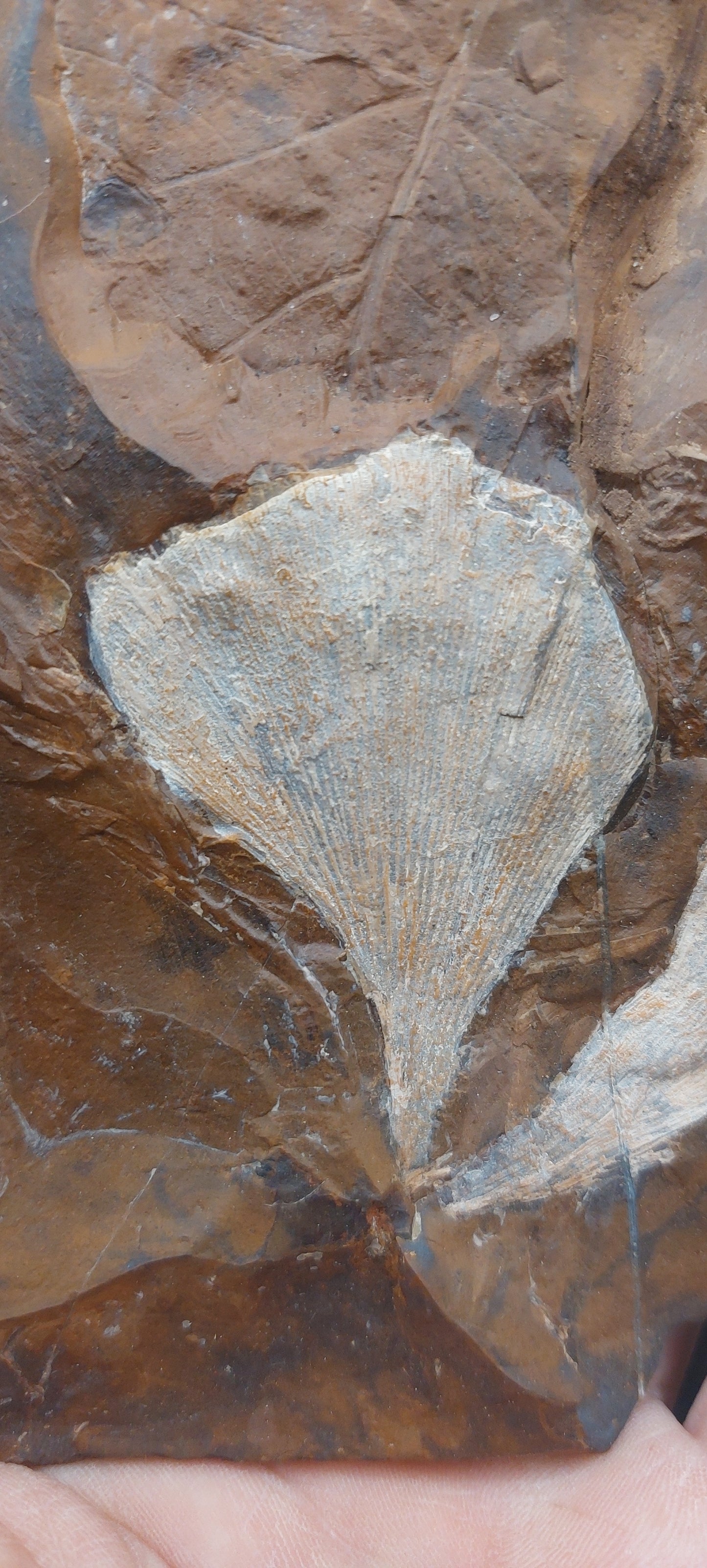
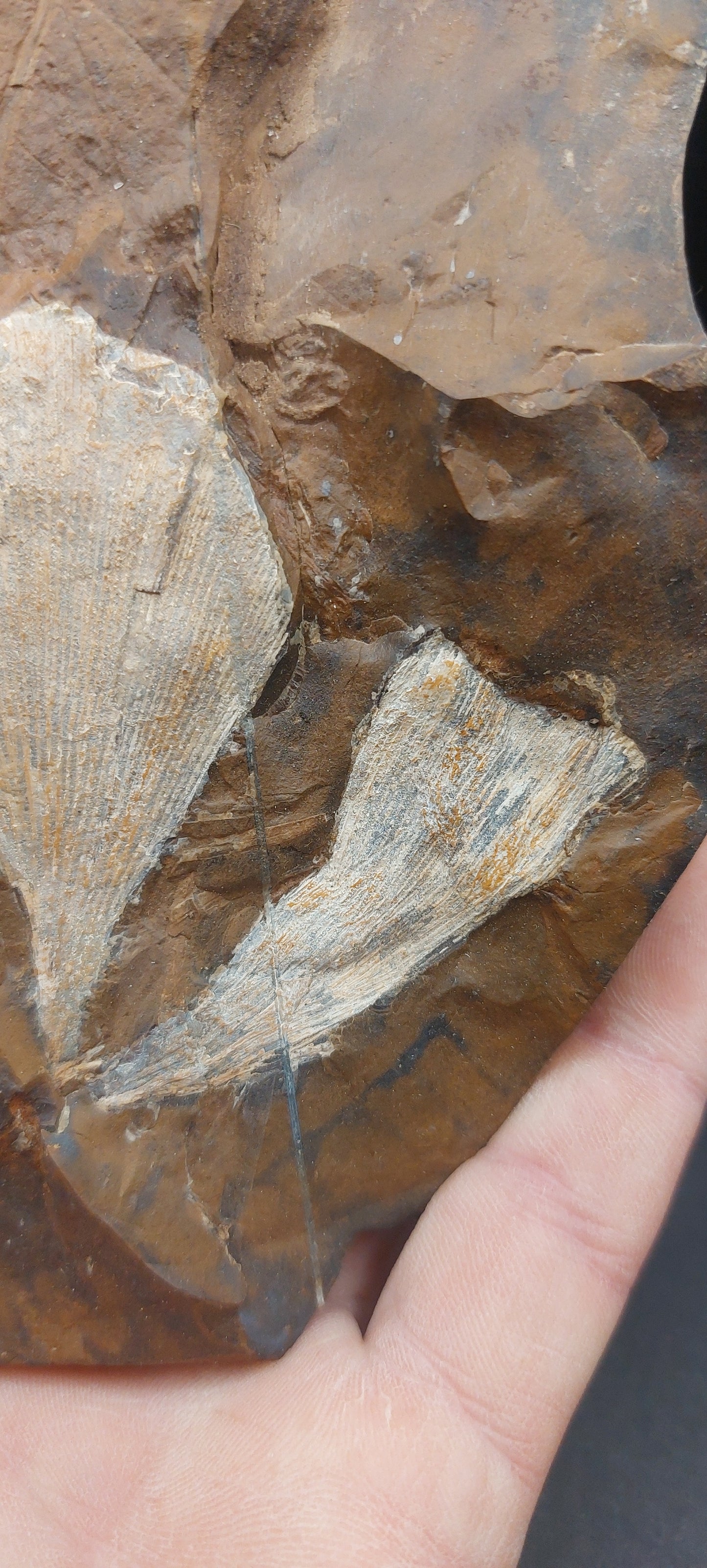
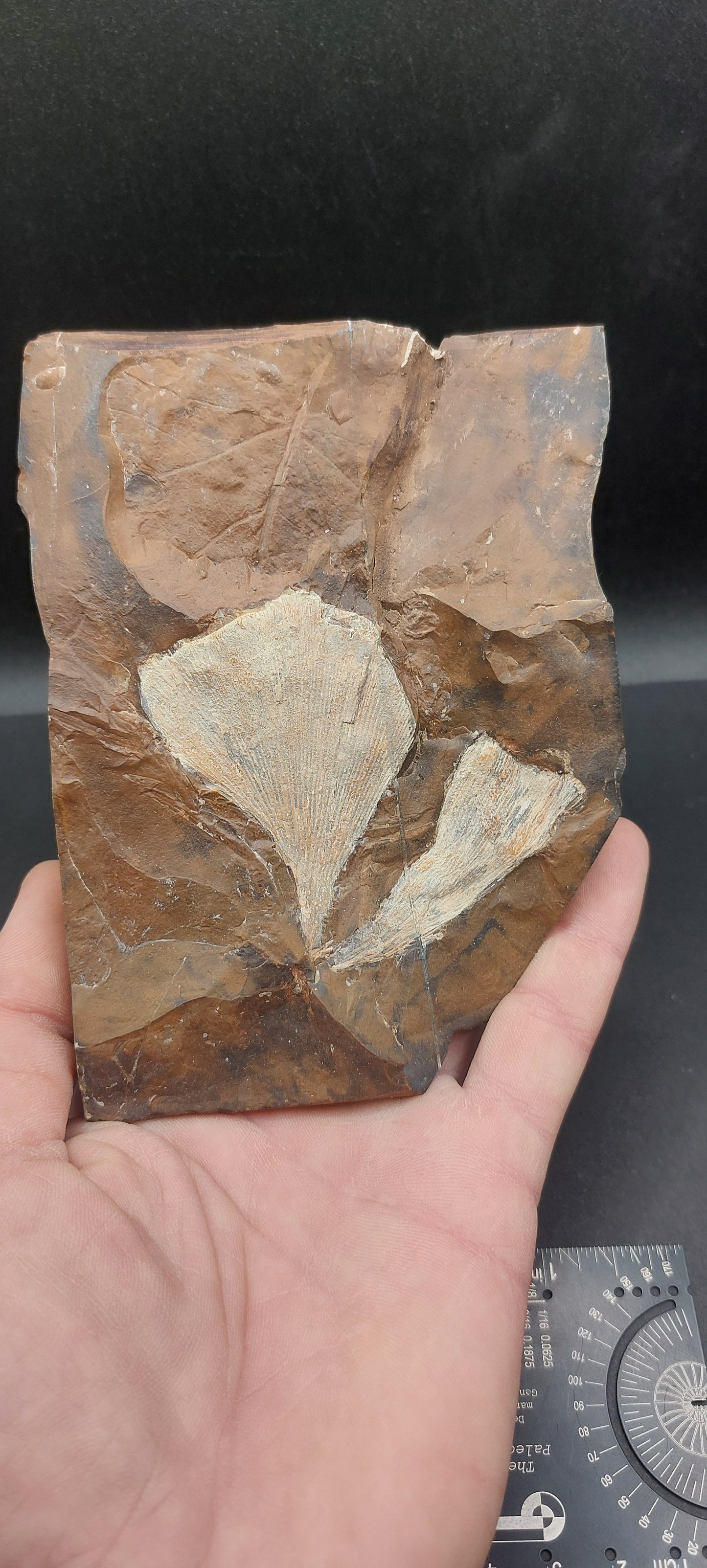
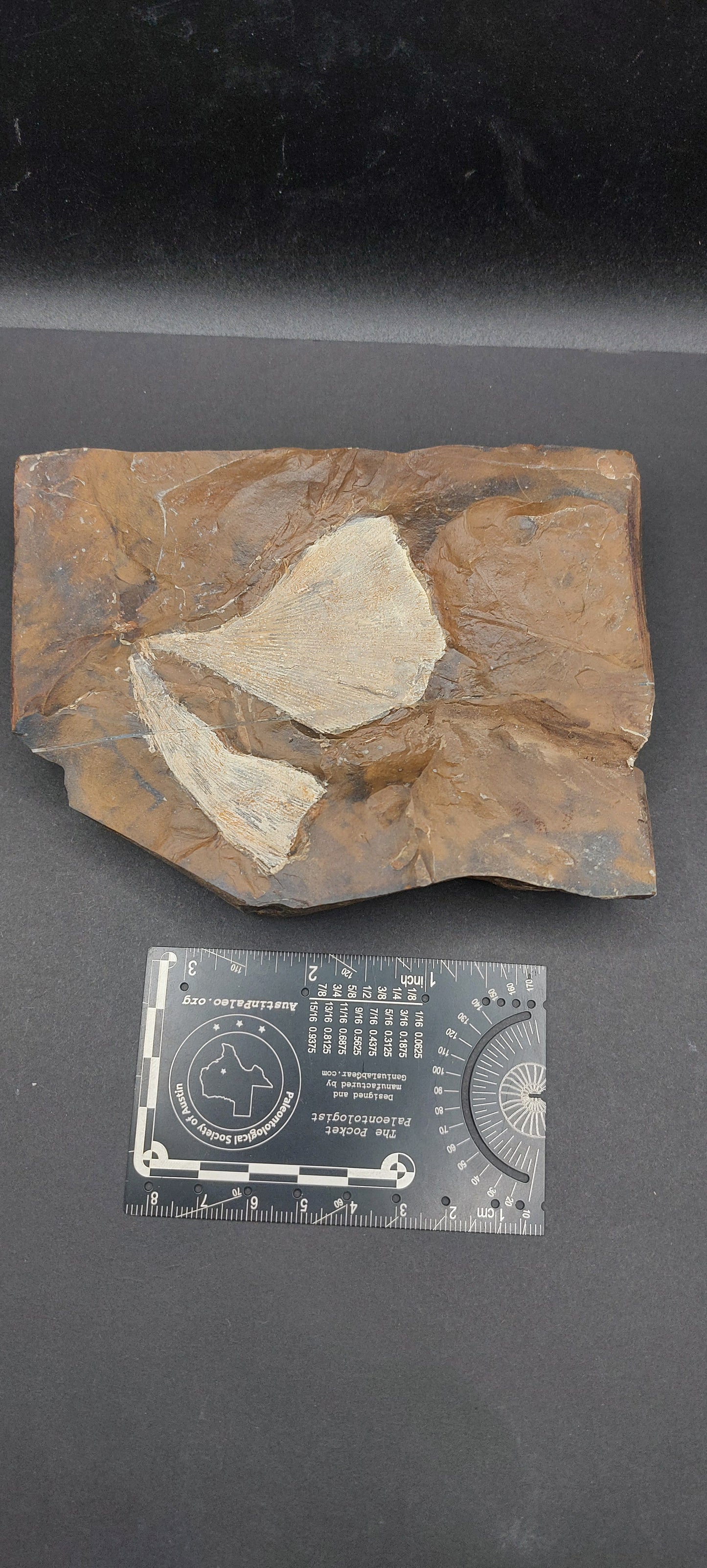
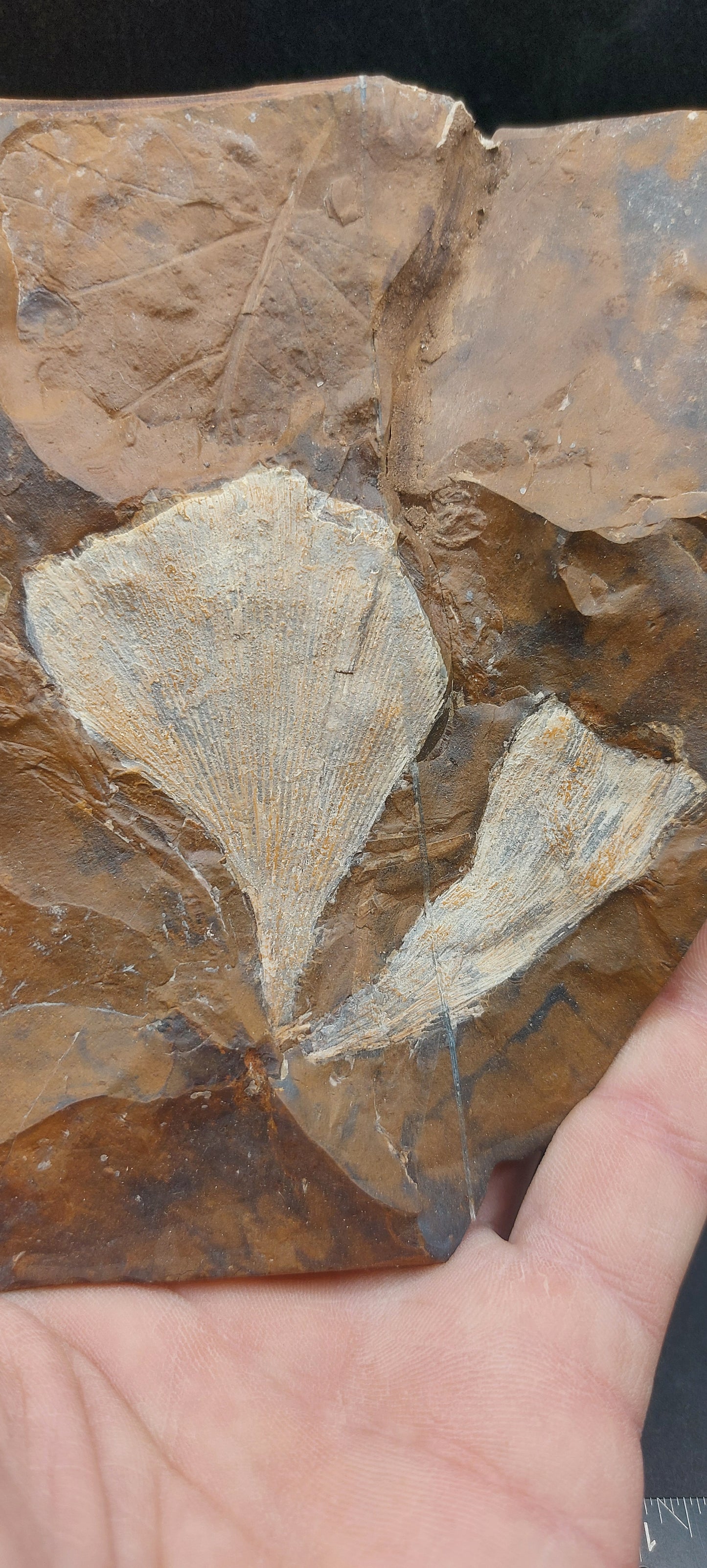
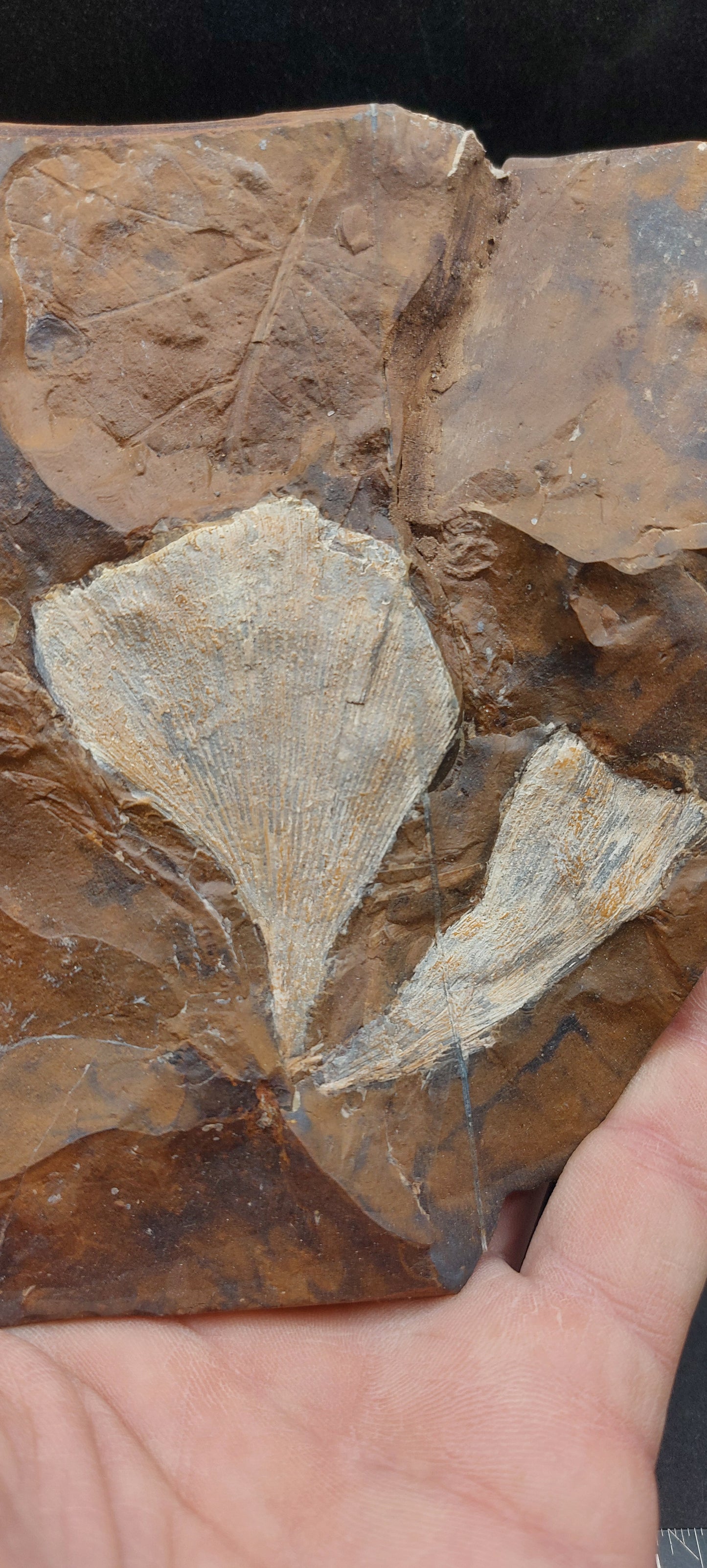
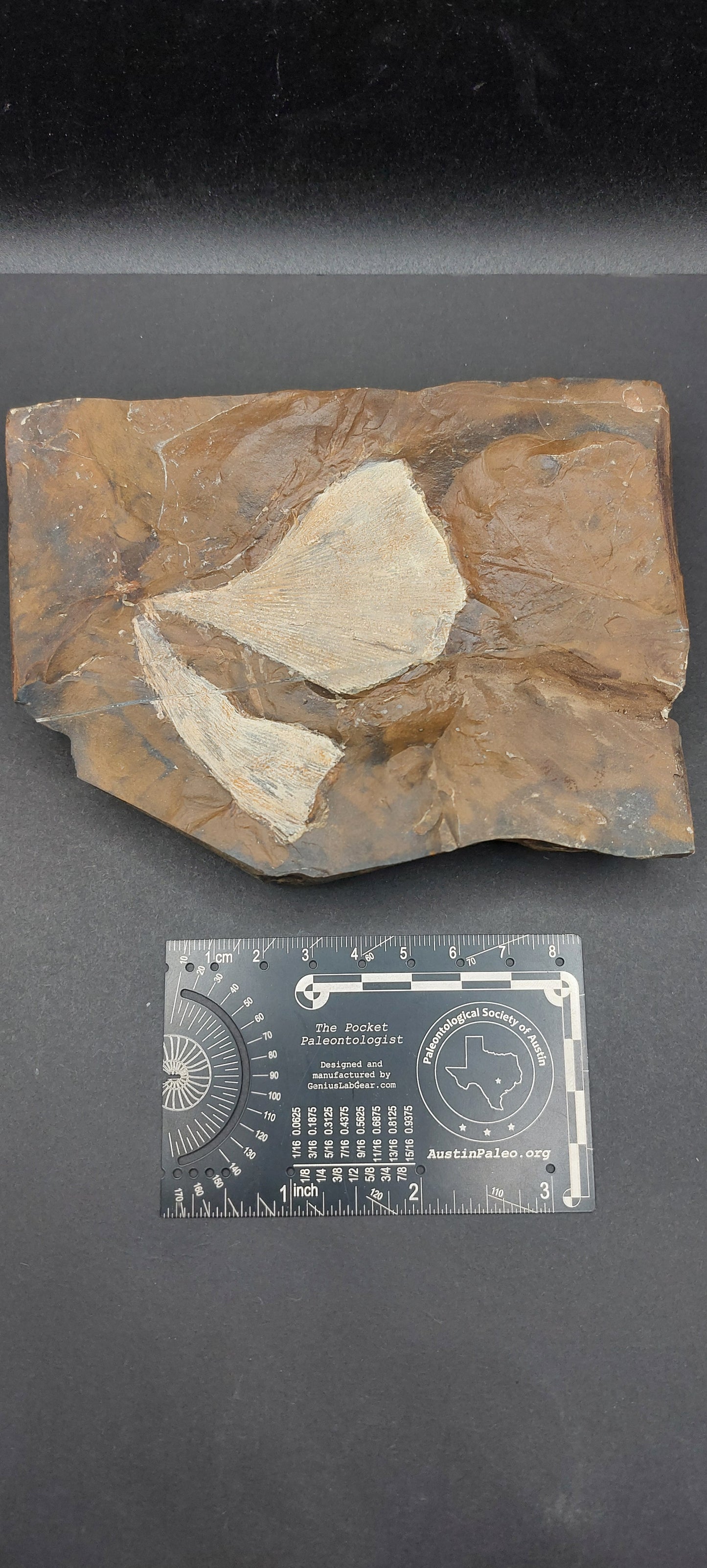
Subscribe to our emails
Be the first to know about new collections and exclusive offers.







